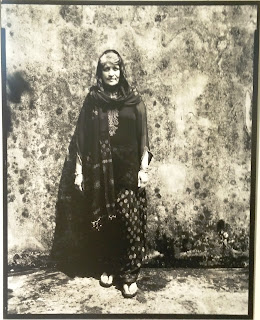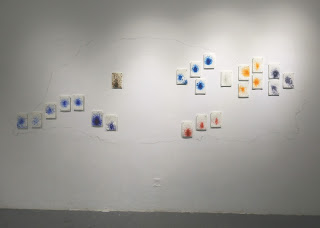Totem @ Alliance Française de Kuala Lumpur

“Clothing, in (Gaëtan Gatian de) Clérambault’s world, is considered a costume in the sense of a disguise, much in the same way as in folk traditions. (Diana Lui) transcends that exotic aspect staged by Clérambault. She spins around the codes and archetypes traditionally associated with such clothing by enhancing their symbolic value in a very lucid manner. This time, the photographer’s models, far from being instrumentalised, are given the full liberty to express their own story and their own interpretation of history in evolution through the traditional clothing they choose to wear.” - Anne Biroleau-Lemagny, Curator in Photography Department at Bibliothèque Nationale de France Totem #10 (2015) Strolling around a spacious bungalow, one is drawn deeply to the exacting details in photographic portraits of women donned in ritual costume. In her insightful essay, Laura Fan describes the exhibited captures perfectly, “Diana Lui’s photographs of each subject strike an unusual ba



